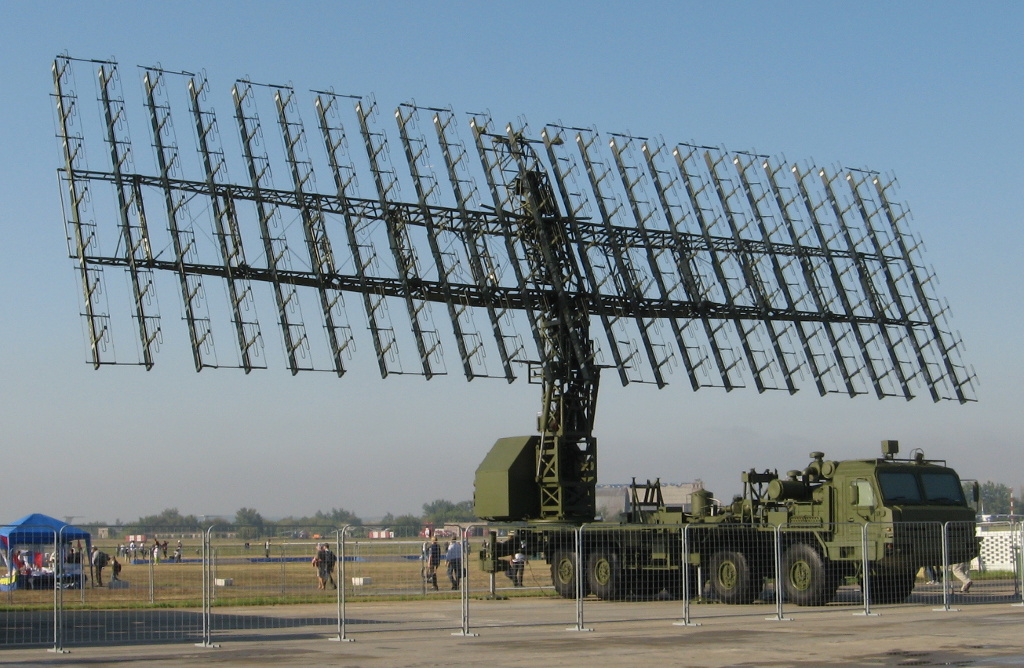According to Yan Novikov, the executive director of Russia’s Almaz-Antey, the company’s Nebo-M radar is capable of detecting ballistic missiles and aircraft at 1,000 km, including US stealth fighter jets, F-22 and F-35 fighters.
There “are no problems” in detecting them said Novikov, “We sees them perfectly”.
According to a reference in Russia’s Ministry of Defense, the Nebo-M radar along with the Container radar, is the backbone of the Russian land border. Novikov also states that the Nebo-M radar secures Russia’s border.
He went to add, the Nebo-M was delivered and is installed in some strategic locations, which he did not disclose. The technical characteristics of the radar allows it to detect hypersonic missiles at 600 km.
In an article in NI, Mark Episcopos weighs in and provides how this radar works. Mark says, the Nebo-M is very difficult to silence and operates in the medium-high altitude range; it is often accompanied by an integrated and a miniaturized version of the Podlet-E radar.
Nebo-M is classified as a high-frequency radar.
In a scientific paper titled UHF / VHF Radar Techniques for Atmospheric Research and Wind Profiler Applications, J. RöttgerM. and F. Larsen states, high frequency radars detect the echo of the refractive patterns that are consistent with variable humidity and temperature as a type of frequency.
Nerbo-M is known to operate in two frequency bands, low and high. In the low range, 3 GHz, experts say, the radar should be able to detect scattering of the electron density of the mesosphere.
While theoretically Russia’s Nobo-M can detect US F-22 and F-35 stealth fighters, it is the first of many steps, points out Episcopos, in a series of events: the radar has to not only detect, but track, and intercept and help destroy following a missile launch from an air defense complex. Detection is the first link in the chain of a very complex sequence of events.
Among the variables in this chain of events is the fighter pilot of the stealth fighter. The way the pilot would react to events in the chain is an unknown variable.
While Russia’s capability to detect and potentially intercept US F-35 stealth fighters may no longer be a top secret, the success of this technology rely not only on Russian capabilities but also on the enemy’s resistance. Furthermore, while the radar can deter a single fighter jet, can it handle a a F-35 squadron?
Mark Episcopos answers the question saying, the Nеbo-M provides a significant advantage to Russia, it is to be seen how Moscow places it in a tiered network of overlapping missile/air defense systems, to mitigate large threats such as an attack from a squadron of F-35s.





